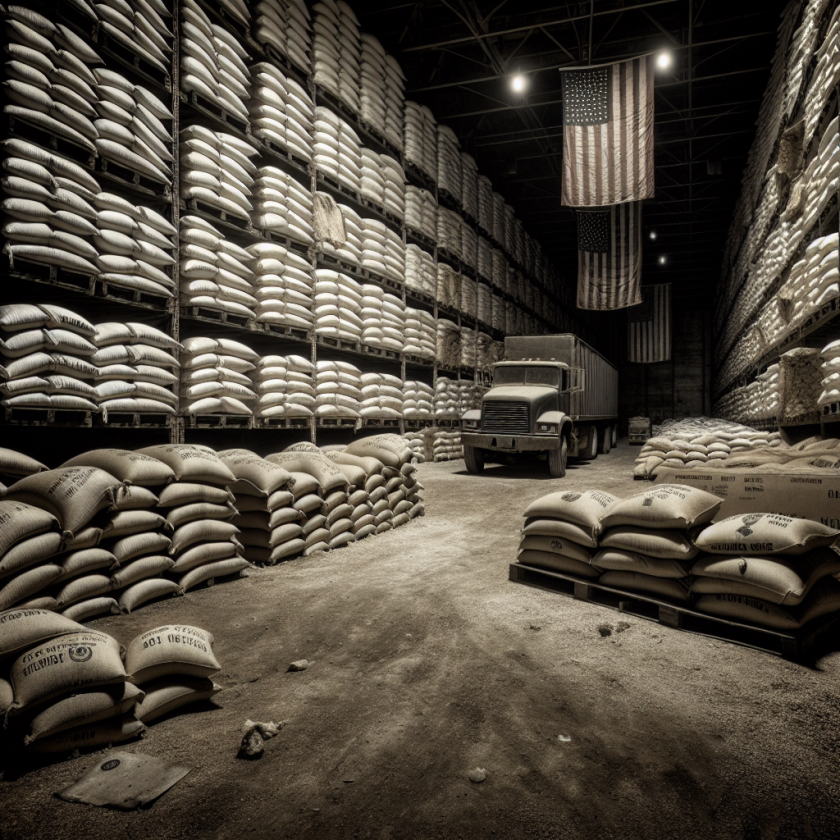Unveiling Mars’ Red Hue: New Study Explains Iconic Color
Unveiling Mars’ Red Hue: New Study Explains Iconic Color
Introduction to Mars’ Mystique
Mars, often referred to as the “Red Planet,” has intrigued scientists and enthusiasts alike with its distinctive reddish appearance. A recent study sheds light on the scientific reasons behind this iconic color, offering new insights into the planet’s surface composition and atmospheric interactions.
The Science Behind the Red
Researchers have long speculated about the causes of Mars’ red hue. The latest study provides a comprehensive explanation, focusing on the following key factors:
- Iron Oxidation: The presence of iron minerals on Mars’ surface, which oxidize or rust, gives the planet its reddish tint.
- Dust and Soil Composition: The fine dust particles and soil on Mars are rich in iron, contributing to the overall red appearance.
- Atmospheric Influence: Mars’ thin atmosphere allows sunlight to interact with the surface, enhancing the red coloration.
Methodology and Findings
The study utilized advanced spectroscopic analysis and data from Mars rovers to examine the planet’s surface and atmospheric conditions. Key findings include:
- Comprehensive Data Collection: Data from various Mars missions were analyzed to understand the distribution of iron minerals.
- New Insights into Surface Processes: The study revealed that surface weathering processes play a significant role in maintaining the red hue.
- Implications for Future Exploration: Understanding Mars’ surface composition is crucial for future missions and potential human exploration.
Conclusion: A Deeper Understanding of Mars
This groundbreaking study not only explains the reasons behind Mars’ iconic red color but also enhances our understanding of the planet’s geological and atmospheric processes. As we continue to explore Mars, these insights will be invaluable in unraveling the mysteries of our neighboring planet.







































